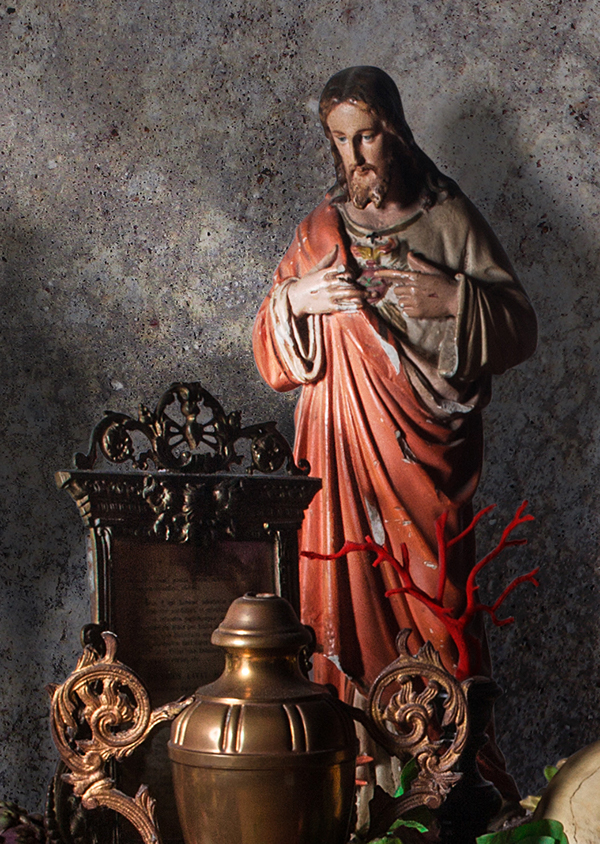
Vanitas vanitatum et omnia vanitas on Behance
Billet de blog 31 juillet 2017. SIC TRANSIT GLORIA MUNDI. VANITAS, VANITATUM ET OMNIA VANITAS (Ecclésiaste ) 'Je suis le chef, je fais ce que je veux', ainsi parle le petit roi Macron. Il.

Finis gloriae mundi from Juan Valdez Leal Sic transit gloria mundi
Some of the phrases are themselves translations of Greek phrases, as Greek rhetoric and literature reached its peak centuries before the rise of ancient Rome . This list covers the letter V. See List of Latin phrases for the main list. Lists of Latin phrases A B C D E F G H I L M N O P Q R S T U V full References References ^ Proverbs 6:6

Still life with vegetables, Sic transit gloria mundi. Vanitas vanitatum
sic transit gloria mundi Source: The Oxford Dictionary of Phrase and Fable Author(s): Elizabeth KnowlesElizabeth Knowles. thus passes the glory of the world; a Latin sentence spoken during the coronation of a new Pope, while flax is burned to represent the transitoriness of earthly glory.

vanitas Lichtartfotografie
Ketel's Portrait is an early example of using soap bubbles to represent vanitas — the transience of life and surety of death — while his putto plays the role of an allegorical figure associated with the emblem tradition of homo bulla.We find similar scenes in Netherlandish engravings and paintings, dating through the eighteenth century, by Raphael Sadeler (I), Jacques de Gheyn (II.

Vanitas vanitatum et omnia vanitas on Behance
9 I've also answered the cross-posted version of this question on the Christianity Stack Exchange. During papal coronations, these words are spoken to the pope while a cloth is burned in front of him. Janos M. Bak interprets: Pater sancte, sic transit gloria mundi [.] is supposed to remind the pontiff of the temporality of even his power.

Vanitas vanitatum et omnia vanitas on Behance
From October 1st, Winter Opening Time. See Opening Times. Ticket sales on-line

Vanitas vanitatum et omnia vanitas on Behance
Emily was inspired to write the long, lively poem, still among her best known, that begins "Sic transit Gloria mundi." Translated as "This passes the glory of the world," here's how it happened to get published, according to Krystyna Poray Goddu, in Becoming Emily: The Life of Emily Dickinson (2019): "February [1852] also saw the usual flurry of Valentine's Day notes and poems.

fioredelcappero Vanitas vanitatum et omnia vanitas
"Vanitas vanitatum et omnia vanitas", sic transit gloria mundi.

Vanitas vanitatum, et omnia vanitas — theladyintweed 16th century
EX AEQVO ATQVE BONO LAVS VERA ASSVRGIT IN ALTV(M) The inscription on the banderol dividing the two HINC SIBI IVSTICIAE MENS STVDIOSA FVIT. sculpted registers / fields is very typical - SIC ERGO TVVM NOMEN CEDRO DIGVM VSQVE TRANSIT GLORIA MUNDI, emanated from the NOTARI collections of maxims and sentences / aphorisms INCLIITE LVTSCHIADES POSTHVMA TVRBA circulating in that time, actually a.

VIAJES MORROCOTUDOS sic transit gloria mundi
Sic transit gloria mundi is a Latin phrase that means "Thus passes the worldly glory." In idiomatic contexts, the phrase has been used to mean "fame is fleeting". [1] [2] The phrase was used in the ritual of papal coronation ceremonies between 1409 (when it was used at the coronation of Alexander V) [3] and 1963.

Vanitas vanitatum, et omnia vanitas nunzio paci
Vanitas ( Latin for ' vanity ') is a genre of art which uses symbolism to show the transience of life, the futility of pleasure, and the certainty of death. The paintings involved still life imagery of transitory items. The genre began in the 16th century and continued into the 17th century.

a skull sitting on top of an open book
It was first used at the coronation of Alexander V in Pisa, 7 July 1409, but is earlier in origin; it may ultimately derive from ' O quam cito transit gloria mundi [Oh how quickly the glory of the world passes away]' in the De Imitatione Christi of Thomas à Kempis. From: sic transit gloria mundi in The Oxford Dictionary of Phrase and Fable ».

"Sic transit gloria mundi" World of OMNIA
This sombre lithograph is in the tradition of seventeenth-century Dutch still lifes known as vanitas, which comment on the transitoriness of worldly pleasures.A book traditionally alludes to excessive pride through learning, and a wine jug to temporary pleasure. The skull is a memento mori, or reminder of death.Picasso was superstitious about death and kept a skull in his own studio, which.

Simon Renard de SaintAndré Vanitas (1) Vanitas Wikipedia nel
The title of this painting comes from the Latin phrase sic transit gloria mundi, which was well known at the time. It means 'thus passes the glory of the world'. Watts shortened it to reflect that his subject was 'the end of all human existence'. The objects in front of the shrouded figure symbolise the futility of material wealth.
Cal.ligràficament parlant... l'Oltre l'Ade / Memento Mori
Sic transit gloria mundi es una locución latina que significa literalmente: "Así pasa la gloria del mundo" y que se utiliza para señalar lo efímero de los triunfos.. Origen. El origen de la expresión parece provenir de un pasaje de la Imitación de Cristo de Tomás de Kempis (1380 - 1471) en la que aparece la frase "O quam cito transit gloria mundi" (Imitación de Cristo 1, 3, 6) ("Oh.

Vanitas (Sic transit gloria mundi) Museu Nacional d'Art de Catalunya
"sic transit gloria mundi" published on by Oxford University Press. "sic transit gloria mundi" published on by Oxford University Press. thus passes the glory of the world; a Latin sentence spoken during the coronation of a new Pope, while flax is burned to represent the transitoriness of earthly glory. It was first used at the coronation of.